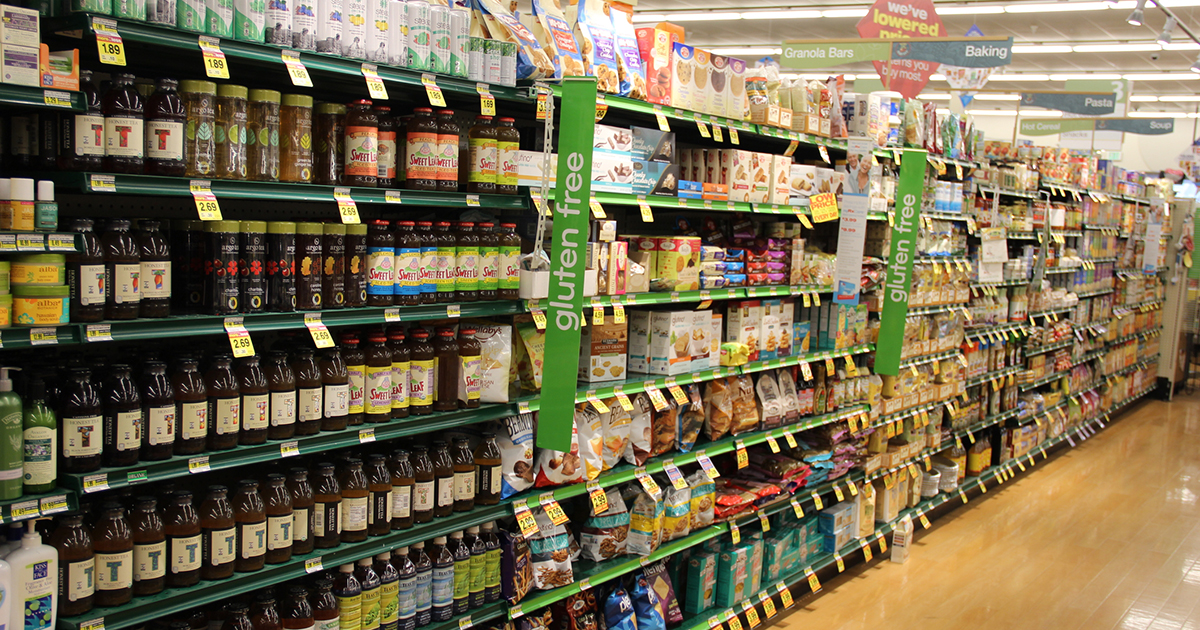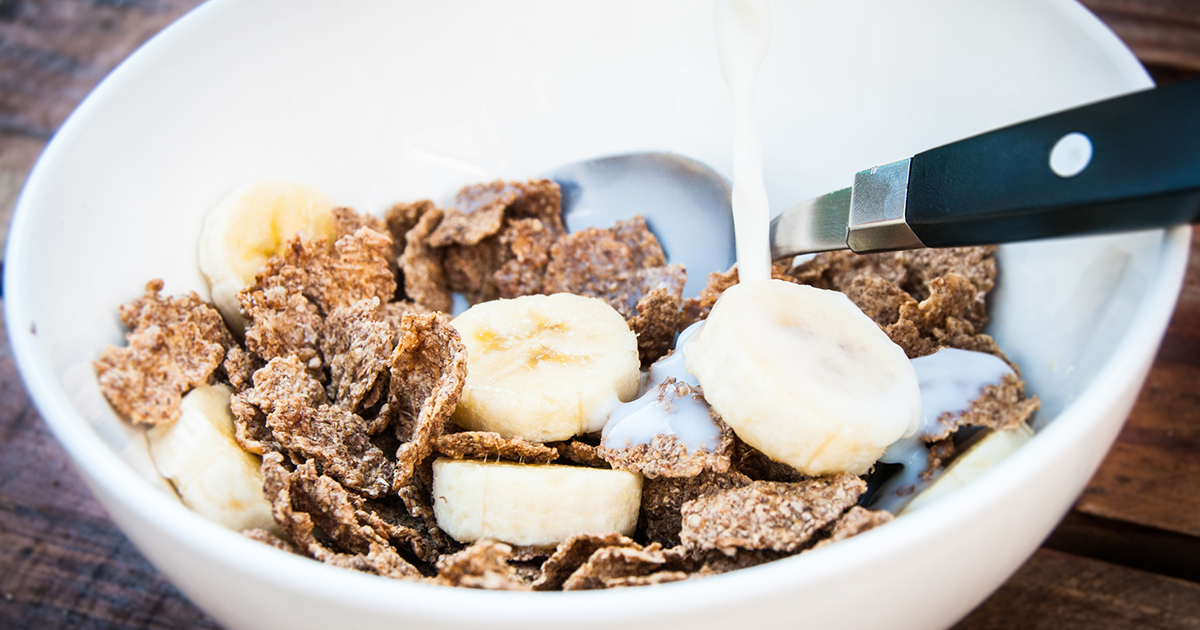The Top Nutrition Scams To Watch Out For
Gluten-Free Snacks

When someone removes gluten from a product, they're essentially removing the ingredient that provides that chewy, delicious texture in bread, cupcakes, pasta, cookies, and muffins. To make up for the loss of flavor and texture, many manufacturers will add other fillers, such as sugars, fats, and other chemical additives. As a result, many gluten-free snacks end up having more sugars and calories in them compared to non-gluten-free choices. The best thing an individual can do for their body is to stop eating all packaged foods, as many gluten-free food products contain numerous rice flours, starches, and added sugars that can be detrimental. Unless individuals need to eat gluten-free foods due to celiac disease or other disorders, they should avoid consuming gluten-free products altogether.
Keep reading to discover why cereal is not the best meal to begin the day with.
Health Conscious Cereals

Unfortunately, far too often, 'healthy,' 'whole grain,' or 'smart' cereals are not too different from the sugary cereals on the next shelf over. As a general guideline, most foods with the yellow Whole Grain Stamp contain more calories and sugar than whole-grain foods without the label, according to Harvard University. As a result, individuals should always read the label. A healthy cereal should contain less than ten grams of sugar and five grams of fiber to start.
Bran is an essential component to our diets, and a good cereal should have bran as it is proven to help regulate blood sugar, reduce cholesterol, and contains healthy antioxidants. Manufactured fiber is resistant starch, polydextrose, indigestible dextrins, and inulin, and may not provide the same nutrients as plant-based fibers such as oat bran and wheat.
Next, learn why nut butters are not as great as they're cracked up to be.
